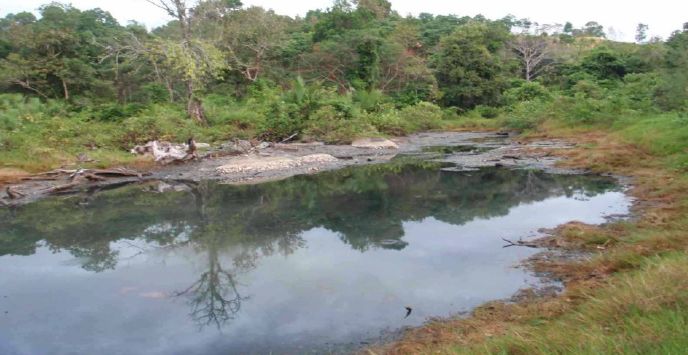Site suitability assessment
Knowledge of past human uses and impacts on potential restoration sites can support decisions on whether an area is presently suitable for mangrove growth. This includes assessing the modifications of the mangrove environment that have occurred, and identifying and removing potential stresses such as blocked tidal inundation that may prevent natural secondary succession before attempting restoration.
• The restoration site should have been a mangrove ecosystem previously.
• Access to information which provides a full historical view on previous land-use and impacts, as well as ecological and hydrological information.
It is important to understand the past human use of the area. Oftentimes, mangroves are planted in areas such as mud flats, salt marshes, or lagoons assuming that the area would be better off or more productive as a mangrove forest.
In some locations, government agencies charged with the mangrove management do not want to give up sites for community-based restoration, as such agencies obtain their budget based on the area they themselves plan to restore, which is mainly for raising seedlings in nurseries. Thus, conflicts may arise as the method used in this solution promotes the concept of allowing forests to regenerate naturally, as opposed to traditional mangrove planting methods, i.e. planting Rhizophora species for charcoal production. Another major challenge is the conversion of abandoned shrimp ponds into oil palm plantations with funding from the respective government agency. Many areas for mangrove rehabilitation to protect coastal communities are thus lost.
